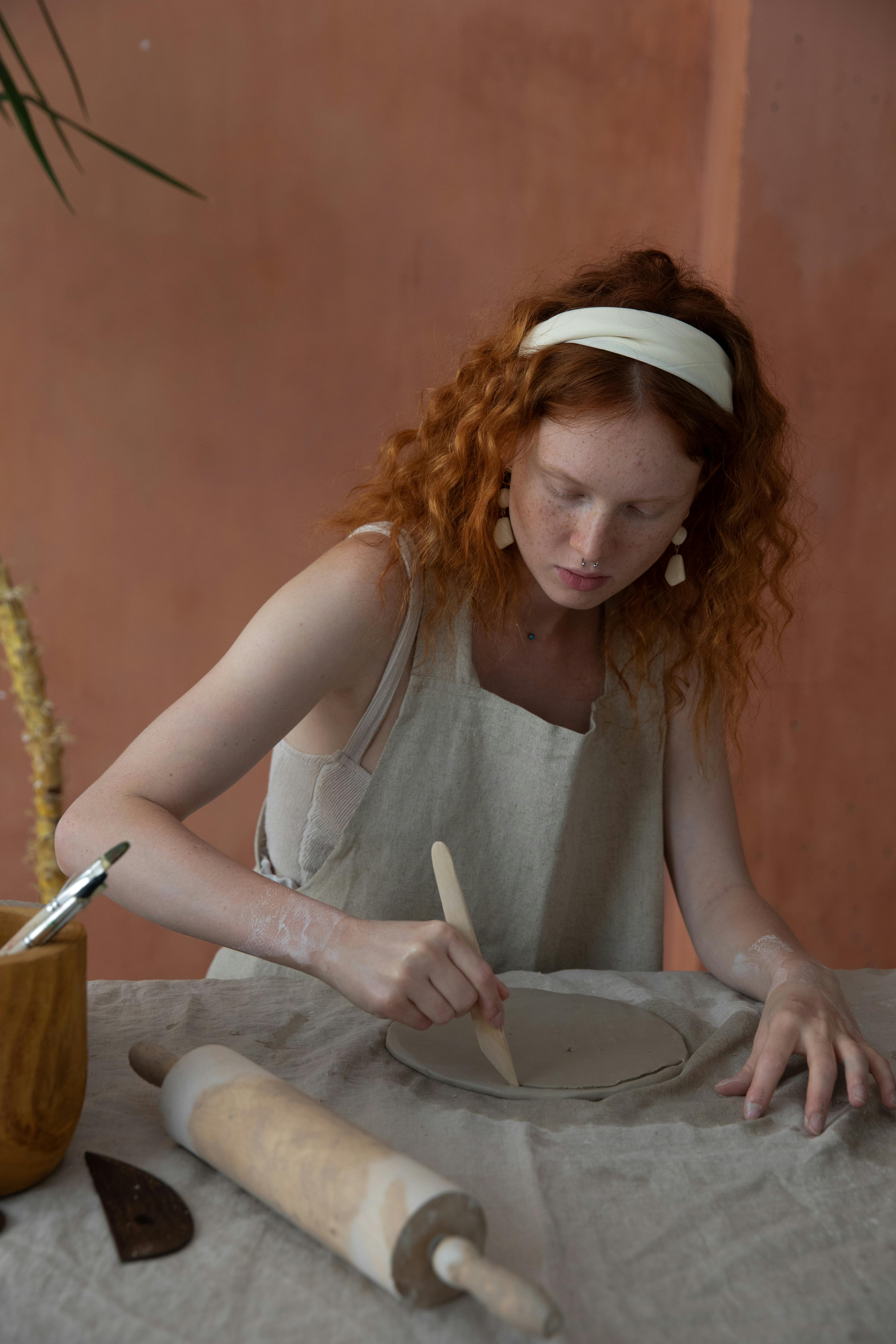
Effective Ways to Repot Orchids for Better Growth in 2025
Introduction to Repotting Orchids
Orchids are among the most beautiful and diverse plants, cherished for their vibrant blooms and unique growing habits. However, achieving optimal orchid health requires regular maintenance, including repotting. Effective repotting not only rejuvenates the plant but also promotes better growth and flowering. Understanding the right timing and techniques for repotting orchids is essential to ensure a thriving plant.
In this guide, you'll learn the best practices for repotting orchids, including how to identify when your orchid needs repotting, the ideal potting mix, and essential care tips following repotting. We will also discuss common mistakes to avoid, thereby enhancing your orchid care journey and ensuring long-term success.
As we delve into each section, remember that every orchid species has its unique requirements, and providing tailored care will empower your plants to flourish. Let's explore how to elevate your orchid gardening experience!
Signs Your Orchid Needs Repotting
Understanding Orchid Growth Cycles
One of the fundamental factors affecting the timing for repotting orchids is their growth cycle. Most orchids show clear signs indicating they are ready for a new pot, often timed with the end of a blooming season. Key indicators include roots growing out of the drainage hole, water retention in the pot, and the appearance of dead or rotting roots. All of these can detrimentally affect the plant’s health.
Moreover, if your orchid's potting medium has broken down into a soggy mass, it's a clear signal that a repotting is necessary to provide fresh, aerated material. Keeping a vigilant eye on your orchid’s environment will help in promptly addressing such signs.
Evaluating Root Health Before Repotting
Prior to beginning the repotting process, it's crucial to conduct a thorough assessment of the root system. Healthy orchid roots should appear firm and green, whereas dark or mushy roots indicate rot or damage. During repotting, clear away any dead roots to promote new growth and prevent diseases. Remember to cut back on any woody roots and only trim if necessary, ensuring you don't compromise the overall health of the plant.
Knowing When to Fertilize After Repotting
Once you've repotted your orchid, it's important to consider how to approach fertilizing. Immediately after repotting, it’s generally recommended to hold off on fertilizing for at least two to three weeks. This period allows for the plant to recover from any trauma associated with the transplant. Afterward, utilizing a diluted orchid fertilizer can help restore nutrient levels and promote healthy growth.
Choosing the Best Pot for Orchids
Types of Orchid Containers
Choosing the right pot is pivotal when repotting orchids. Containers made from plastic, clay, or ceramic each have their advantages and disadvantages. Plastic pots retain moisture well and are lightweight, making them a popular choice for beginners. Conversely, clay pots provide better aeration, helping to prevent root rot.
Consider the needs of your specific orchid species when selecting a container. For instance, repotting phalaenopsis orchids might call for a pot with broader drainage holes, whereas cymbidium orchids may benefit from wider pots that accommodate their growing habits. Containers with breathable materials enhance orchid health significantly.
Ensuring Good Drainage for Orchids
Drainage is a paramount consideration in orchid care. Overwatering can lead to root rot, a common issue faced by many orchid enthusiasts. Look for pots designed with multiple drainage holes and consider adding a layer of rocks at the base of the pot. This helps to create an air pocket and further enhances moisture control.
Choosing the Right Soil for Orchids
Using an appropriate orchid potting mix is key to successful repotting. Conventional potting soil is not suitable for orchids, as it retains too much moisture. Instead, opt for a mix that includes bark, sphagnum moss, or coconut coir, which provides aeration and allows for quicker drainage.
Different orchid species may thrive better in varied mixes, so tailoring the potting medium to your specific plant’s needs will aid in promoting healthy growth. Substituting organic fertilizers into your mix can further support the growth of orchid roots.
Repotting Techniques for Beginners
Steps to Transplant Orchids
Getting started with repotting can be daunting, but breaking it down into manageable steps makes it achievable. Begin by gathering your tools: sharp scissors for cutting any dead roots, new potting medium, and a suitable orchid container. Gently remove the orchid from its old pot, cleaning off any old medium clinging to the roots.
Once freed, inspect and trim away any unhealthy roots. Place the orchid in its new pot, ensuring the roots spread out comfortably, and then add your fresh potting mix, pressing down lightly to secure the plant.
Common Mistakes in Repotting Orchids
Even experienced growers can fall victim to common mistakes when repotting orchids. One such error is not allowing the roots to breathe by packing them too tightly in the pot. Another common oversight is using an inappropriate potting mix. Avoid using regular potting soil and ensure you’re selecting high-quality orchid media for the best results.
Tips for Successful Orchid Repotting
Successful repotting hinges on a few critical practices. First, always ensure your tools are sterilized to eliminate the risk of introducing pests or diseases. Second, opt to repot during a period of active growth, which is typically spring for most orchids. This allows the plant to thrive after the transition.
Aftercare for Orchids Post Repotting
Watering After Repotting Orchids
Following repotting, understanding watering techniques is vital for orchid recovery. Initially, avoid watering for about a week to let the roots acclimate and heal. After the waiting period, resume watering based on the potting mix's moisture retention qualities and your orchid's needs. Ensure the water drains out completely to prevent water logging.
Managing Temperature for Orchids After Repotting
The temperature in which your orchid resides significantly affects its recovery after repotting. Keep the orchid in an environment with stable temperatures, avoiding drafts and excessive heat. Most orchids thrive in daytime temperatures between 75°F to 85°F; at night, a slight drop is beneficial.
Optimal Time for Repotting Orchids
Understanding the optimal time for repotting orchids is crucial for strong growth and flowering. As previously mentioned, the best time is after the finishing of the blooming cycle, allowing the plant to recover during the active growth months. This method ensures a stress-free transition and healthy, vibrant growth moving forward.
Conclusion
Repotting orchids may seem intimidating at first, but with the right knowledge and techniques, the process can become an exciting part of orchid care. By recognizing signs of stress, selecting appropriate containers and media, and diligently following post-repotting care, your orchids are sure to flourish. Don't hesitate to invest time into learning the particulars of different orchid species to tailor your care approach. Happy growing!

